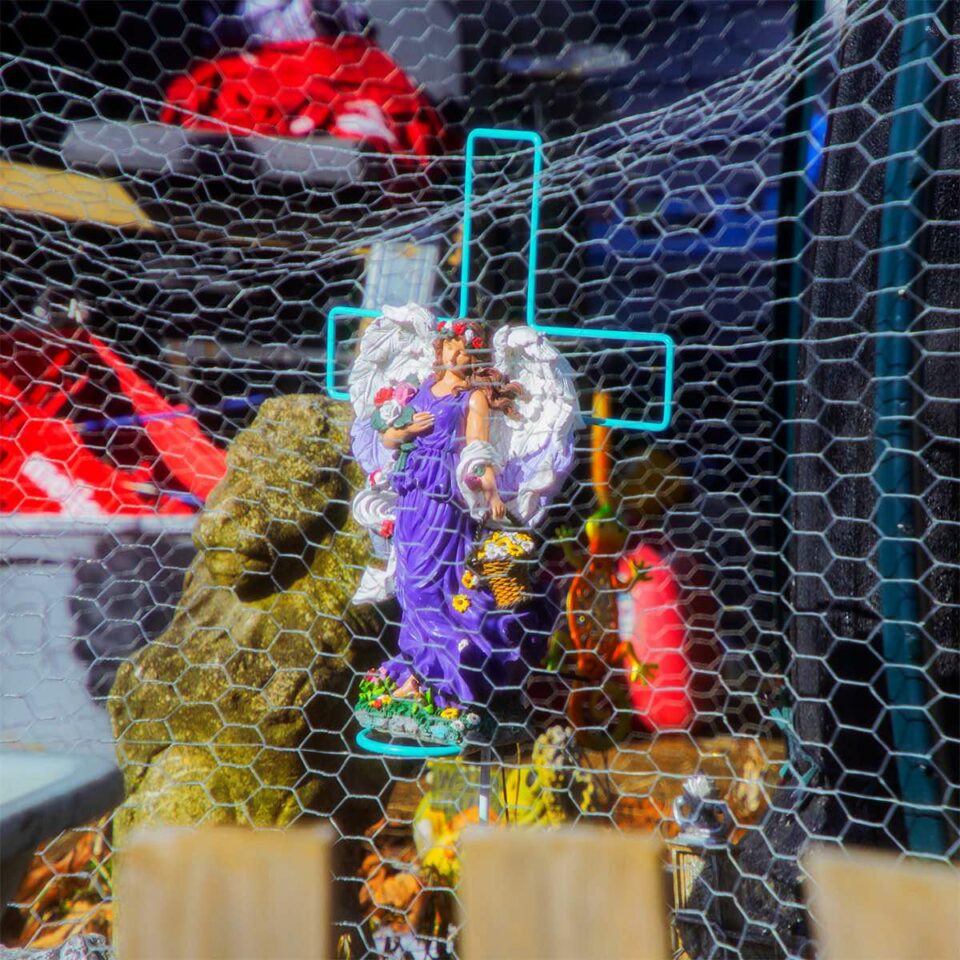FACS
Still Life in Decay
TROUBLE IN MIND
Each and every musician—regardless of age, hometown, genre, etc.—faces a common enemy when writing songs for an album. It’s just one word, starts with the letter M, and it’s what Immortan Joe yells at his followers when they disappoint him in Fury Road. Yup that’s the ticket: “mediocre.” Let’s start with this point: FACS aren’t even close to getting diagnosed with the much-feared disease of mediocrity. But in using their songs to experiment with minimalism and space—in this case, realms devoid of melody, hooks, and choruses—they precariously balance themselves on the razor’s edge.
Hailing from Chicago, the outfit—featuring bassist Alianna Kalaba (who amicably departed the band after recording Still Life), drummer Noah Leger, and vocalist/guitarist Brian Case (whose illustrious CV also includes projects such as 90 Day Men, Poison Arrows, and Disappears)—call themselves a “modern art rock” project. More specifically, they sound as if The Black Angels yanked a Communist hammer from one of Putin’s henchmen and socked him right where the Sleepy Sun don’t shine (checkmate, Dennis Miller). In other words, if FACS aren’t on the bill for the next installment of Austin’s Levitation festival, something will be amiss.
It’s no big surprise that FACS—who have now put out five albums since forming in 2017—would be strongly inclined to experiment; time’s a wastin’ to try out new ideas. Their last album, 2021’s Present Tense, saw the band venture into spacious areas where they could’ve tried out a host of ideas. But they rarely did, so much so that the album was bogged down by repetition and lengthy blank spaces. Still Life in Decay corrects the band’s trajectory and demonstrates that FACS have come a long way in understanding how to more effectively use experimentation and space. It’s simple but not easy to do, knowing when a spacious segment needs some spicing up. And yet, there’s still more room for the band to grow.









